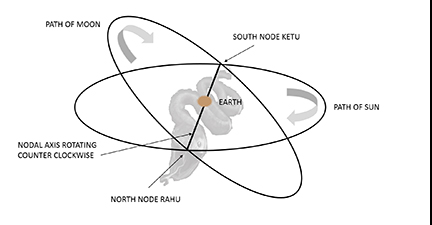When you talk about a chart with a client—not when looking at a chart on your own but when doing the task of interpreting someone’s chart with them—the best place to start—sometimes, not all the time—can be the angular houses. That’s houses one, four, seven, and ten.
The angular houses and the planets in the angular houses are the places that are most obvious to other people. Other people can see the planets in the angular houses. Houses one and seven are about how you show up for other people. Houses four and ten are what crosses you and how your environment shows up for you.
Houses one and seven are always squared with houses four and ten, which means that the tension between how you show up for others and how they show up for you are always a productive conversation. Again, these issues will be very obvious ones to your client. If your client has an angular Saturn in the first house squaring an angular Venus in the tenth house, maybe their self sufficiency crosses the gender dynamics they’ve grown up learning and they have to define interdependence while they define independence.
Houses one and seven are about the same things. House one is you and house seven is the roles you play in relationships and community. Because oppositional signs are about the same thing, these houses will always work together and any transit to one house shows up in the other.
Houses four and ten will also work together. Both houses four and ten are about environment, which can be about your geographical location or the social political context of your location. These houses are harder because your environment is often the things that are outside of your control. A lot of the time, we feel like houses four and ten are houses that are defined for us.
Houses one and seven trines visible houses in the chart. House one trines houses five and nine while house seven trines houses three and eleven. These houses are supportive, which means that they’re places we expect support from. Houses four and ten trine the hidden houses—house four trines houses eight and twelve while house ten trines houses two and six. The hidden houses are houses to which the horizon does not form Ptolemic aspects. Because of this, houses four and ten take more time to come to terms with. When changing things, it’s faster to change yourself rather than your environment.
The angular houses are about change. When planets transit the angles, we go through transition periods. We experience angular profection years as transitional years. The reason why the angular houses signify change is because we were not born to live in a static and unchanging world but to live in a perpetually changing world. The angular houses, signifying ourselves and our worlds, are about the places where we see change happening.
Sometimes, it’s less appropriate to discuss a planet’s transit through a cadent house (houses three, six, nine, and twelve) as a transit affecting that house and more appropriate to describe it as a transit that prepares you for an angular transit. What are the yearnings for change that are coming up as one phase fades?
Sometimes it’s less appropriate to describe a planet’s transit through a succedent house (houses two, five, eight, and eleven) as a transit affecting that house and more appropriate to describe it as a transit that supports the changes you made during the angular transit. What are the things you need to do now that support the changes you already made?
When interpreting the chart, always start with the angles. Those tend to show the major events of a chart—the moves, the breakups, the commitments, and the work. People tend to get readings when there is something affecting an angle. If there is nothing affecting an angle, ask the client what came up in their lives when something did affect an angle. When you start with the angles, you start the conversation with the expectation of change.


